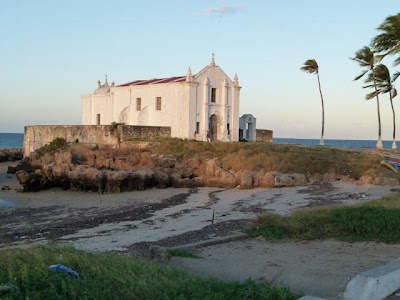10th July. Punda Maria Camp, Kruger NP
With the aid of a very kind couple we were able to put together at least three days in Kruger with the chance of extending it in day visits. We were watching the Super 15 final along with a lot of other Sth Africans and got talking to Andre, from Pretoria. They were heading off to Kruger after the game and had booked the camps for 4 people in two vehicles but unfortunately the other two couldn’t come that day, we were able to take their place the first night and managed to get a camp site the 2nd night and have had to take a chalet the third in another camp further south. Kruger is a massive park, some 500kms from north to south and contains a vast array of animals but most of them further south. After our three days there is a caravan park just outside one of the gates and we should be able to make a couple of day trips back into the park. We hope to get the van serviced at the same time.
That last camp was quite an experience but I guess it’s like what happens in Aust when all the grey nomads head north for the winter and fill up all the parks in Qld and Northern Australia.
Our time is coming to an end and we were talking this morning about the highlights so far in the various countries we have visited. I think our biggest surprise and enjoyment was Zimbabwe which we had planned to only pass through but spent 2 very enjoyable weeks in. The people were so friendly and hospitable; at no stage did we feel uncomfortable or threatened. The cities are modern, people better dressed than either Malawi or Mozambique whether in the city or out in the country. Good roads generally, the main ones were excellent with no pot holes the lesser ones not too bad. The political situation has stuffed it up a lot but maybe when Mugabe dies things will improve.
Highlights of Mozambique were Ihle de Mocambique, Gorongosa NP and the delicious bread rolls, a leftover from the Portuguese that you can buy in every town. They were something we looked forward to buying every day.
In Malawi we remember fondly Liwonde NP and Monkey Bay where we camped metres from the water in a tranquil setting with ‘The African Queen’ gently tugging at its moorings a short distance into the water.
Zim was of course the national parks in particular the elephant visit at lunch time, and the warmth and friendliness of the people (even the cop who gave me a ticket, he did it with a smile). Sitting on the edge of the Zambezi as the sun set, as I said earlier, was a memorable experience.
In South Africa it was catching up with old friends, some of the smaller national parks, and getting a taste for pap, the basic food in southern Africa. It took a little time but having it served up in all of these countries we grew to enjoy it and regularly ordered it even when there were alternatives.
With food, the stand out meal would have to be the sea food platter at Sunset Lodge in Moz, It still sets my taste buds off. But then there was a simple meal at Vilankulo; two fish each cooked in uncertain herbs, home made chips and a salad for a few dollars again was a standout. We have eaten well both in the van and at restaurants.
It’s been a great trip. Earlier we had intentions of going right up to Tanzania. I think the turning point was at Qualimane in Moz when we realized that going further north was out of the question, I was exhausted and all we were seeing was nice beaches. After that we were able to take it easy, enjoy what we were seeing, and stay the extra day or two when we felt like it. That’s the plus of travelling independently.
About that time (Qualimane) we began talking about selling the bakkie, but once we adjusted our plans the enjoyment of doing what we were doing came to the fore. So there will be a next year at least, in’shallah.

















































